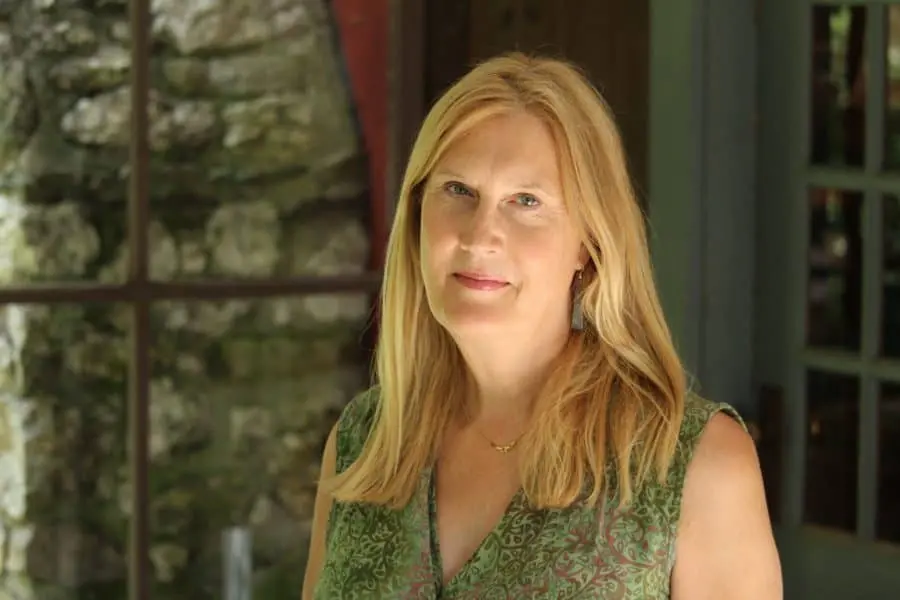Journalists face a daunting task ahead of the 2024 election as disinformation campaigns grow more sophisticated and public trust in institutions – including the news media – declines. A new Associated Press-American Press Institute poll revealed 53% of Americans say they are extremely or very concerned that news organizations will report inaccuracies or misinformation during the election.
The National Press Club Journalism Institute hosted a conversation on May 1 between journalists and experts who laid out the scope of the disinformation problem – and how reporters can combat it. It was the fourth and final webinar in a training series focused on ethics and disinformation.
As the election season ramps up, panelists emphasized the importance of building relationships with local election officials and prioritizing explanatory journalism that speaks to readers’ concerns, especially as micro-targeted disinformation campaigns seek out vulnerable communities.
Votebeat editor-in-chief Chad Lorenz moderated the discussion between Sheera Frenkel, a New York Times technology reporter; Christine Fernando, an Associated Press democracy reporter; Yaël Eisenstat, a senior fellow at Cybersecurity for Democracy and a PEN America consultant; and Tina Barton, a senior elections expert for the Committee for Safe and Secure Elections.
Pervasive falsehoods and how they spread
Election mis- and disinformation isn’t new. False narratives about stolen elections, rigged voting machines and tossed ballots have spread for years, thanks to a combination of bad actors purposely spreading false information and unwitting participants repeating what they believe to be true. But there are also new problems created by a decentralized social media environment and the rapid rise of generative AI.
“People are getting their information from lots of different places, and that creates a challenge for reporters,” Frenkel said.
News consumers aren’t just on Facebook and Twitter anymore. Frenkel cited far-right social networks like Gab and Parlor as places where election-related conspiracy theories can originate, then spread across platforms, creating a challenge for reporters trying to track and get ahead of false narratives.
This scattered internet environment, where like-minded communities often gather in one space, also creates openings for disinformation that targets vulnerable communities about historically relevant and emotionally resonant subjects, such as authoritarianism or communism. Disinformers “prey on the very specific traumas and fears of certain communities,” Fernando said, and can take advantage of language barriers and information gaps.
The rise of generative AI also creates a new problem for reporters. News organizations must add debunking fake audio and video – which they did in the case of the President Biden deepfake robocall targeting New Hampshire voters – to their list of duties, but it could also be another blow to the public’s trust. Forty-two percent of Americans expressed worry in the AP poll that news outlets will use generative AI to create stories.
It’s not that journalists aren’t capable of debunking AI-generated content, Eisenstat said. But newsrooms will have to explain to readers what these tools do and how they’re being used to mislead. That becomes difficult when audiences are primed to believe the narrative – real or not – that confirms preexisting beliefs.
“The awareness that these tools exist actually causes more distrust in information to begin with, and that is going to be really concerning and a really big thing for journalists to tackle,” Eisenstat said.
Practical tips to fight disinformation
How can journalists and elections officials tackle these issues? Transparency and immersion within specific communities are key.
Barton encouraged journalists to build relationships with local elections officials and immerse themselves in the nuances of the process so they can accurately and clearly relay information to readers.
“They need you in those times to be a voice for them,” she said to journalists.
Frenkel suggested journalists embed themselves into communities where dis- and mis-information originate, allowing them to determine which narratives are circulating and what might necessitate “prebunking.” To prebunk is to “preemptively refute expected false narratives, misinformation or manipulation techniques,” according to the Poynter Institute.
Other panelists echoed the importance of prebunking: “It’s priming your audience to already have information at their fingertips when those narratives hit,” Eisenstat said.
Panelists urged caution to avoid platforming misinformation while covering it. At the New York Times, Frenkel said, editors and reporters frequently debate whether to write about the latest false narrative. She said it meets the coverage threshold when it has reached a critical mass of people or is being shared by public figures, but that reporters should lead with the fact that the information is false. To build trust, it also helps to explain vetting processes, the organization’s sourcing standards, and other work that goes into reporting a story.
“I can’t count the number of people that seem shocked by the amount of work we do to get one verified claim,” Frenkel said.
Adding context is also crucial when covering false information, Eisenstat said, keeping in mind how purveyors of disinformation can screenshot or use accurate reporting to perpetuate their own agenda.
It would be impossible – and irresponsible – for reporters to cover every instance of mis- or disinformation, but there are other ways to mitigate its spread. Fernando said she has noticed several grassroots efforts by organizations working with local election officials to debunk misinformation by meeting people where they are, such as through community events or with Spanish-language media. But, she added, it’s important to understand that it takes time to reach people.
“An election-denier isn’t going to read one story and be like, ‘Okay, I believe you.’ It takes a lot of time and a lot of trust.”








